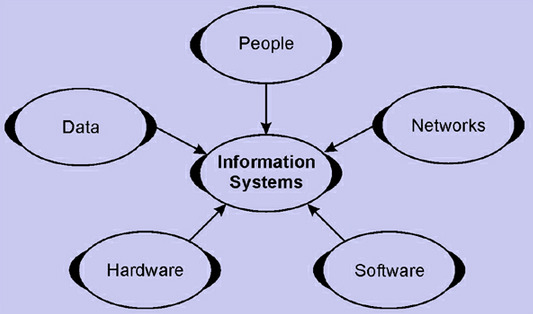Personnel Administration Data Systems (PADS) provide data needed to carry out the personnel administration responsibilities of an employer. As the government legislates additional protections and social programs, these responsibilities have increased and are growing. Affirmative action requirements in USA, health and safety regulations and pension plans regulation are many new sources of the employer’s responsibilities. Payroll and personnel planning data system (PPDS) are closely related to PADS, all using the employee master file. Not only accessing the file, but updating of file is often organized on a coordinated basis. Data items in the employee file are updated by the payroll system not for self but also for PADS and PPDS. Payroll provides the most effective way to capture the new data for this updating activity. Three types of Personnel Administration Data Systems (PADS) Personnel status reporting systems (Files used are Employee file, Job file). Personnel action systems (Files used are Continue reading
Management Information Systems
Management Information System Growth Stages
It is pertinent to realize the importance of growth of MIS in stages in order to encounter increasing complexity of business processes and changing scenario of management. MIS development evolves from EDP systems. The EDP systems have rudimentary technology to handle clerical and supervisory operations in an organisation. This is initiation stage. The advantages of computerization are gradually realized by most of the people in an organisation. This realization leads to proliferation of computer, networking technologies and computer based system applications within an organisation. This is contagious stage. Next stage is typified by planning and control. As demand for computerization increases, a need is realized for cost-benefit analysis. This is imperative to plan for future MIS in a cost effective manner. Next stage of MIS development is integration of subsystems. This comes with realization of interdependence of inflow of data from various sources for valid information. Management plans to leverage Continue reading
Information System (IS) Applications in Human Resource Management (HRM)
A unified data model provides a single, accurate view of HR activities ranging from recruitment, employment, training, performance management, compensation management and real time management. Oracle human resource leverage workflow and internet-based processes optimize various HRM activities. The system maintains global HR data in case of Trans-national companies and total organizational human resource data in case of national companies in a single location for accurate and easy availability. The system of applications of Information Technology (IT) in HRM is referred to as Human Resource Module. HRIS merges some of HRM functions with the IT field, wherein the planning and programming of data processing systems have evolved into standardized routines and packages of Enterprise Resource Planning (ERP) software. ERP integrates the human resource module with finance, production, and sales and administration modules. Generally, traditional HRM functions are common to all organizations. They consist of tracking data regarding personal histories, family details, Continue reading
Components of an Information System
A system is a set of components (subsystems) that operate together to achieve certain objectives. The objectives of a system are realized in its outputs. An information system is a system that accepts data resources as input and processes them into information products as output. An information system depends on the resources of people (end users and IS specialists), hardware (machines and media), software (programs and procedures), data (data and knowledge basis), and networks (communications media and network support) to perform input, processing, output, storage, and control activities that convert data resources into information products. This information system model highlights the relationships among the components and activities of information systems. It provides a framework that emphasizes four major concepts that can be applied to all types of information systems: People, hardware, software, data, and networks are the five basic resources of information systems. People resources include end users and IS Continue reading

